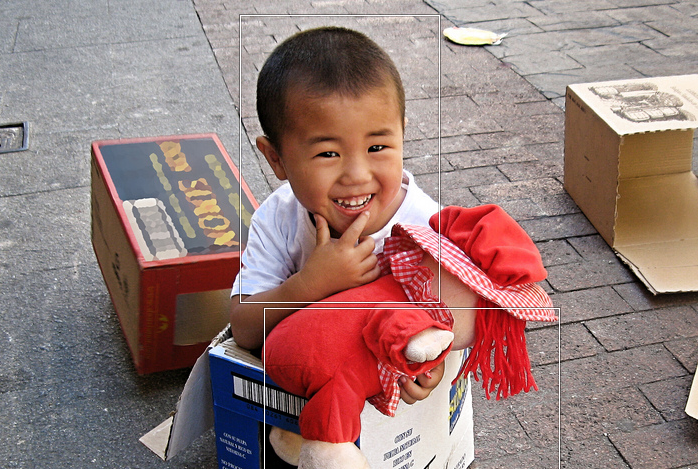Helping a shy child can seem challenging. As I know from experience, shy children seem to be born and not raised. The question is how to get your child to overcome their shyness in order to grow into a responsive, social individual. Shyness can get in the way of many aspects of life: making friends, showing manors, being responsive, and general communication. If your child is struggling, here are some ideas to help them find their voice.
How to Help a Shy Child:
- Try Not to Overwhelm Them. Shy children can have a harder time with stresses, so try to simplify things for them.
- Set a Positive Example. If children see that you can remain calm, talk to others, and hold eye contact, they will know what is expected of them.
- Don’t Label the Child as Shy. If a child hears repeatedly that they are shy, this will be how they see themselves. It will give them a reason/excuse as to why it is OK and not help them in outgrowing it.
- Clearly Explain the Expectations. Remember that they are little. They are ready to learn, so clearly state how you want them to respond and with patience one day they will get there.
- Encourage Them. When they decide to look someone in the eye or talk to someone, applaud them for it. It reinforces the good behavior. Even if it’s not perfect just say “I love the way you____. Next time you just need to speak a little louder.”
- Practice at Home. Learning how to respond in other places to strangers might go better if they have regular practice runs in an environment they are comfortable with and with people they are comfortable with.
- Practice Outside the Home. No one gets better at anything without practice. Yes your child might not be in love with the idea, but take them out. Join a playgroup. Visit the mall. Check out what your local library has as far as kid programs. Practice is a key to success.
- Accept Your Child. Each one of us is unique and different and has something great to offer. Push your child to be the best version of themselves and love them for all their wonderful strengths.
If your child was not shy before and seems to be going into some sort of shyness, it might be related to some other stress in their life. Has something recently changed? Is their an illness? Have you moved? Is their arguing in the house? Any sort of stress to a child can cause a wide range of effects. The best idea for children in this situation is talk to them, help them through it, and if possible try to not involve them in the stress. As soon as the child feels back at ease, they should return to their non-shy self. If you have further concern, please talk to a doctor about your child.

